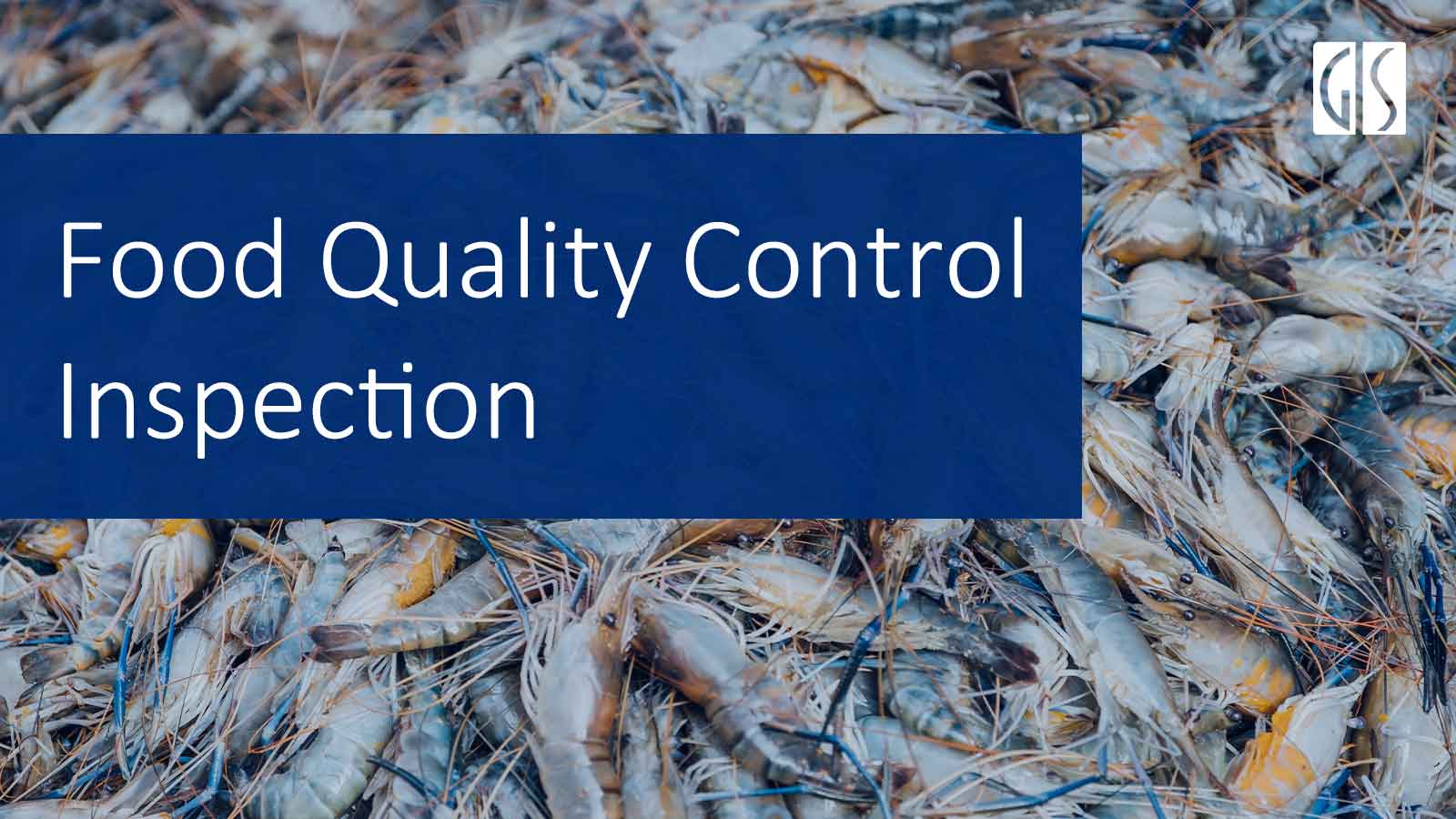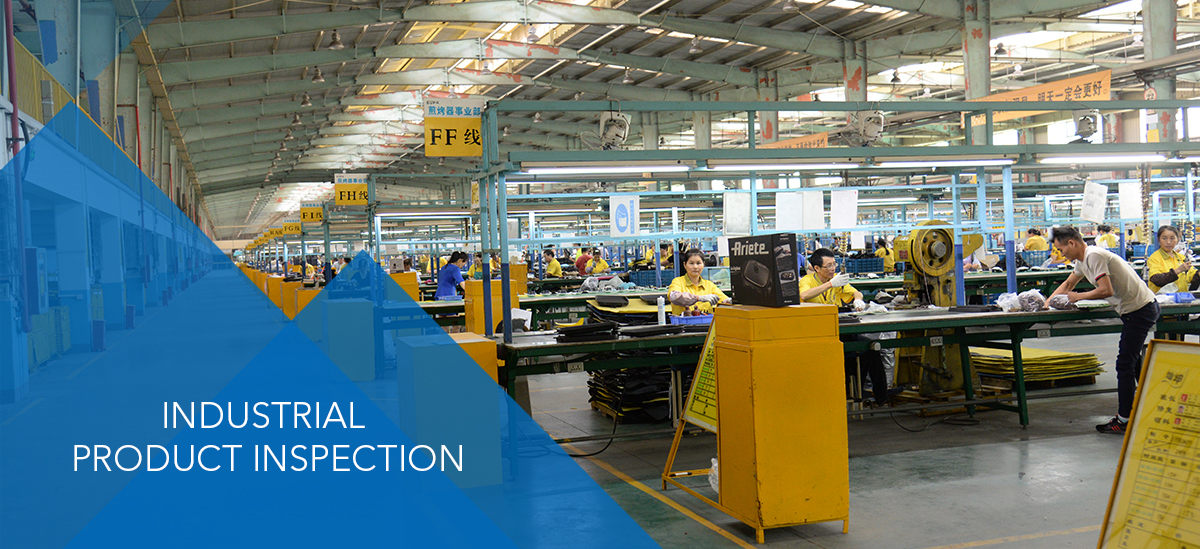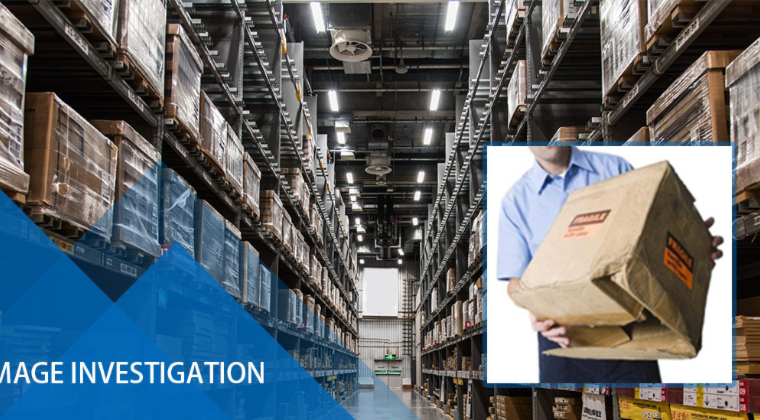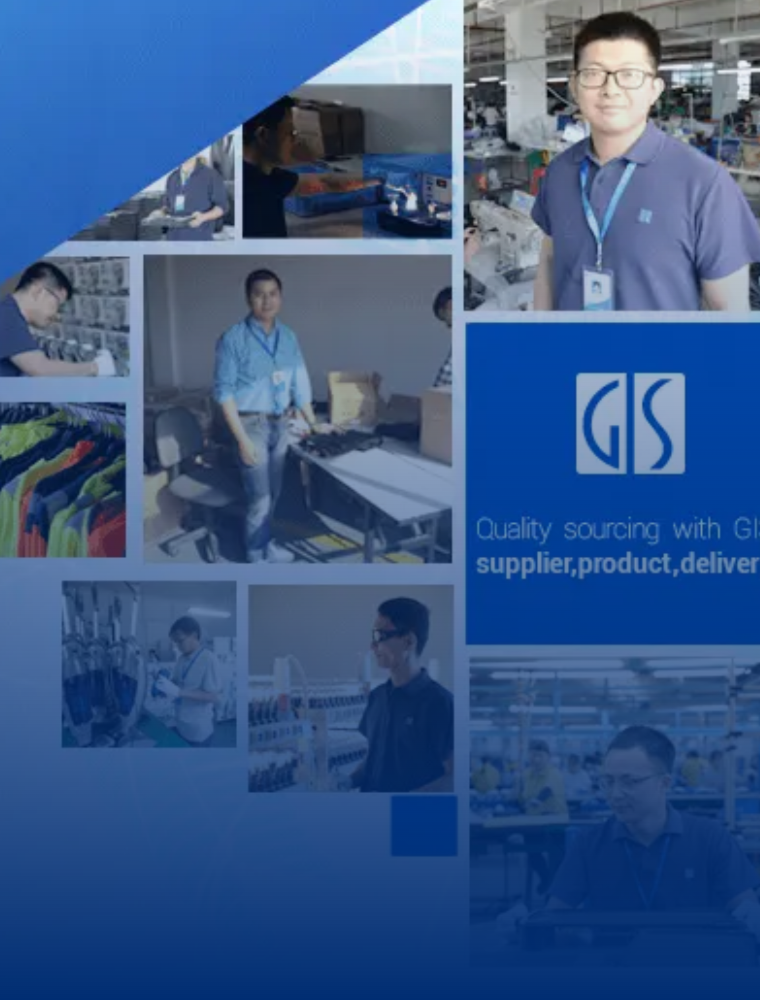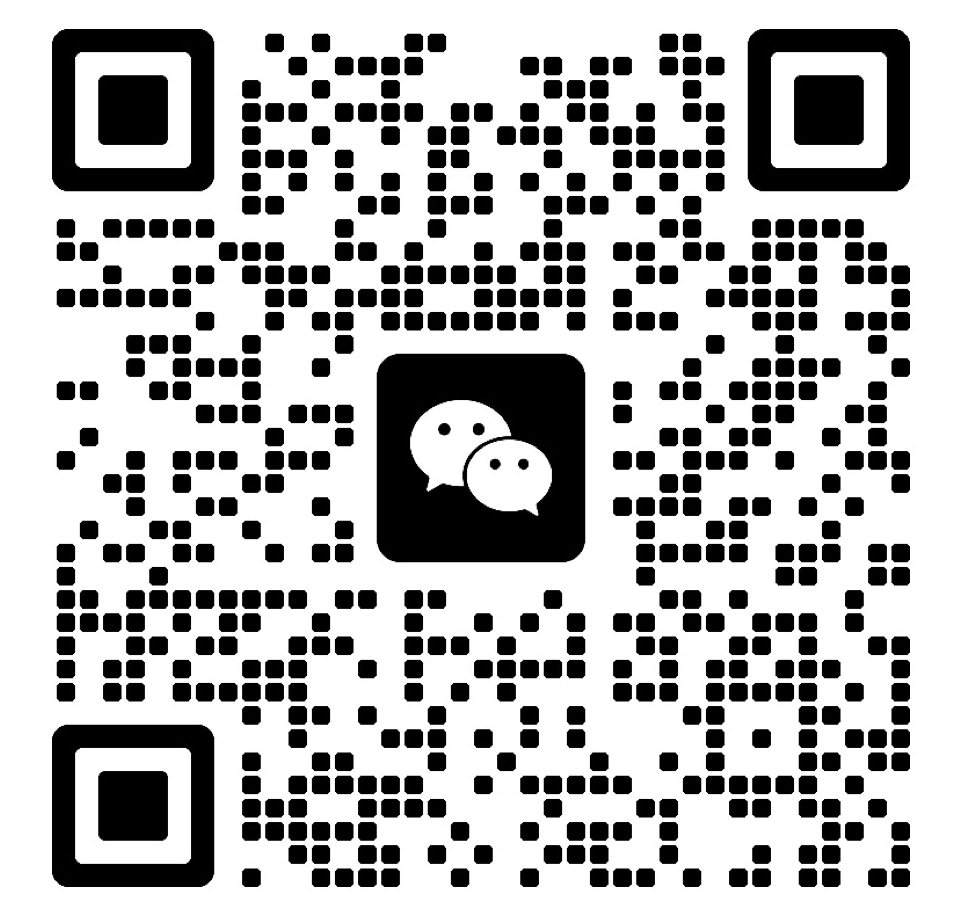In the food industry, safety, hygiene, quality, and compliance are non-negotiable. GIS (General Inspection Service) provides comprehensive inspection services that help food producers, traders, and retailers ensure their products meet global standards and consumer expectations.
GIS Inspection's food products department, a team of technical managers, inspection engineers, and audit specialists, enforces strict adherence to buyer-specified quality plans and industry regulations.
By prioritizing quality inspection, both food manufacturers and buyers can ensure safety and regulatory compliance and maintain quality, customer satisfaction, and overall business success.
To ensure your food products are reliable, safe and compliant, book an inspection today!
The Food GIS can Inspect
GIS Inspection, as a leading third-party quality control inspection provider, specialize in inspecting a broad range of food. Below is an overview of food categories that GIS Inspection can inspect:
- Cans: All kinds of cans such as fruit cans, fish cans, meet cans.
- Aquatic products: Frozen Fish, Frozen Shrimp, etc.
- Flavorings: Soy, Vinegar, Salt, Sugar, etc.
- Others
Types of Third-party Food Quality Control Service
Ensuring the safety, quality, and compliance of food is critical—both for consumer safety and for meeting stringent regulatory requirements. GIS (General Inspection Service) provides specialized inspection services tailored to the unique risks and challenges of food, from raw materials to finished products.
Our food quality control services include:
Factory Audit
A Factory Audit ensures that the supplier or vendor can design and produce according to normative requirements. It also ensures that a new or existing manufacturer can deliver quality products, undertake continuous improvements and operate efficiently.
GIS’s auditor qualifies or disqualifies a potential supplier based on manpower, production capability, production and related system, quality control, follow up and suggestions before you start working with them.
Pre-Shipment Inspection(PSI)
PSI also called Final Random Inspection (FRI) -A detailed visual and final inspection in food industry on randomly selected finished products. It takes place when the merchandise is completed, packed and ready for shipment. The quantity, workmanship, function, color, material, size specifications safety test, and packing details are verified to ensure that the contract specifications are met.
Loading Supervision (LS)
A Container Loading Supervision is an on-site inspection service designed to ensure your foods are shipped exactly as ordered, in the right quantities and condition.
GIS loading supervision services check your products before shipment to ensure the intended goods and quantity loaded into the container are in accordance with your purchase order.
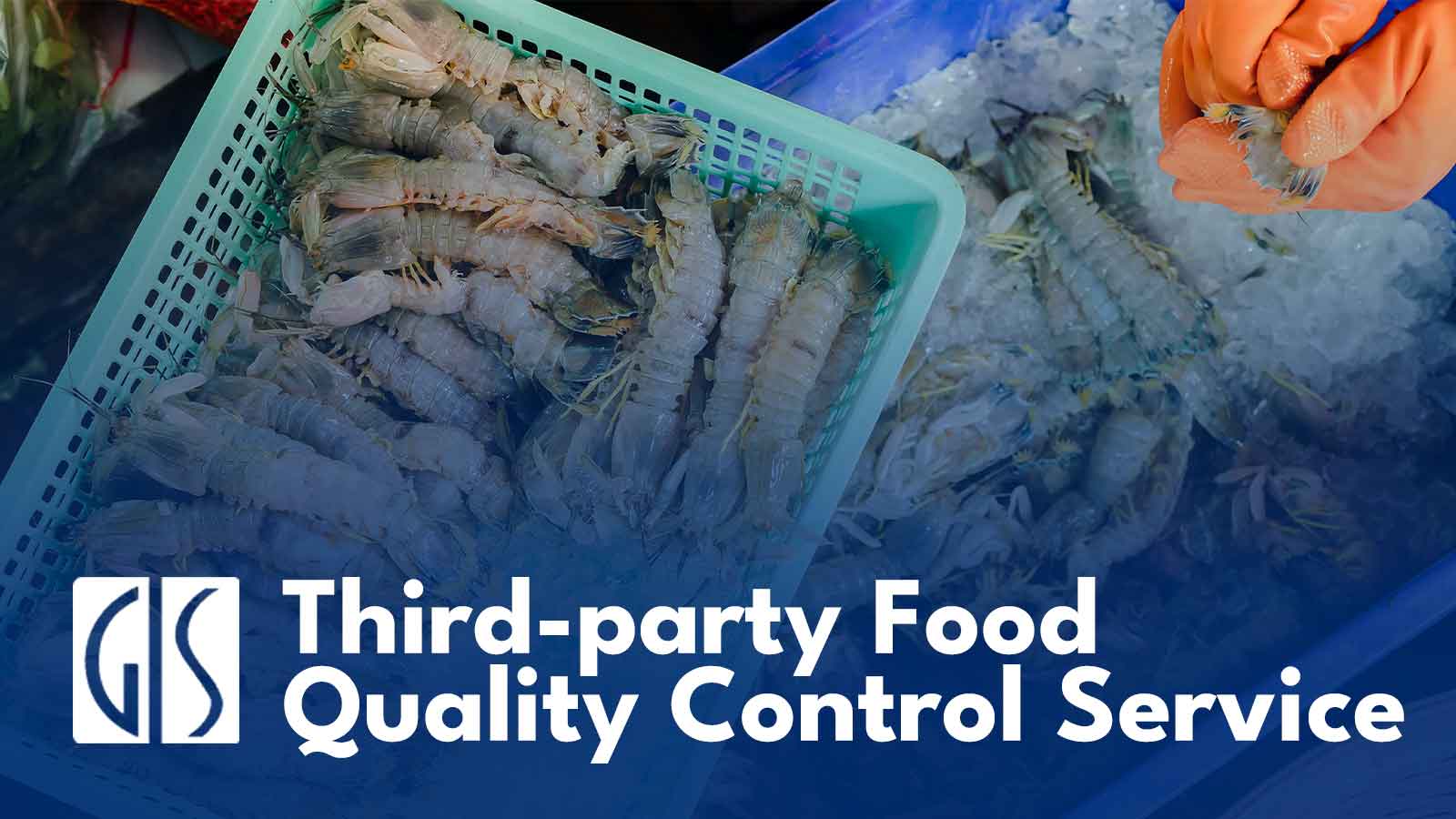
GIS Inspection Checklist for Food
By identifying problems early and providing reliable verification, GIS helps ensure that only safe and compliant food reaches the end consumer.
1. Sampling
Adhering to the principle of random sampling, the inspector will randomly select cartons from different areas where products are stored for inspection. GIS Inspection Company follows the international AQL sampling standards, using a single sampling plan for normal inspection.
For final random inspection, it follows G-II, and for mid-term random inspection, it follows G-I. The AQL defect acceptance levels are as follows: Critical (Cr) defects: Not allowed; Major (Ma) defects: 2.5; Minor (Mi) defects: 4.0.
2. Quantity Check
Verify that the quantity of food matches the client’s purchase order.
3. Quality Check
- Size Measurement: Measure product size according to specifications.
- Appearance Check: Under sufficient lighting and at arm’s length (~50cm), inspect the product's color, size, shape, freshness, absence of mold or bruises to ensure they meet quality requirements.
- Smell Check: Check for off-odors, sliminess, or unusual texture
- Barcode Scanning: Ensure the barcode is scannable, and the scanned result matches the printed numbers.
- Carton Size & Weight Check: Confirm alignment with provided data such as customer specifications or carton labels.
- Carton Drop Test: After dropping the outer carton, verify that the products inside remain undamaged, fully functional, and retail packaging is intact.
- Rub Check: Use a cloth or similar material dipped in water to wipe labels, silk prints, or plated areas for 15 seconds. Markings or prints should remain legible.
- Tape Test: Apply 3M (810) tape on printed or plated surfaces, rub until the tape becomes transparent, to test print adhesion and firmness.
- Carton Quantity & Assortment Check: Ensure the actual product quantity, color, size, style, and assortment match the provided specifications.
- Storage Conditions: Temperature, humidity, pest control, cleanliness.
4. Marking/Label Check
Shipping Packaging Labels: Inspect or verify carton markings, including product description, model number, quantity, carton size, and weight, against customer requirements.
Retail Packaging Labels: Check retail labels for brand name, manufacturer details, product name, specifications, certifications, barcodes, and version number.
Product Labels: Examine nutritional info, allergens, expiry date, barcode.
5. Packaging Check
Verify if the packaging materials and methods meet requirements. Check whether the packaging specifications and quantities are consistent with shipment details, and inspect for any quality issues in the packaging. This helps prevent fines, recalls, and shipment delays.
GIS Inspection Food Inspection Service Process
Step 1: Request Acceptance
The client provides the purchase order, product samples, or inspection criteria.
Step 2: Quotation Confirmation
An inspection plan is developed and the quotation is confirmed.
Step 3: Inspection Preparation
The inspection date and location are scheduled, and relevant documents are prepared.
Step 4: On-site Inspection
Inspectors conduct the inspection at the factory, warehouse, or production line.
Step 5: Report Issuance
A detailed inspection report is issued after the inspection, outlining the results and any identified issues.
Step 6: Issue Feedback & Follow-up
Assistance is provided to the client in resolving any quality issues found.
GIS Food Quality Control in China
Quality control (QC) inspection for food products is a critical process to ensure that food is safe, compliant, and of acceptable quality before reaching consumers. It helps prevent contamination, recalls, and reputational damage, while ensuring that food meets legal standards and customer expectations.
GIS inspection services provide vital assurance for businesses involved in the production, export, or import of food. GIS helps verify labeling, ingredients, nutrition facts, and certifications—avoiding customs rejection, fines, or market bans.
By partnering with GIS, companies can safeguard their brand reputation, protect users, and ensure smooth market access worldwide.
GET A QUOTE
